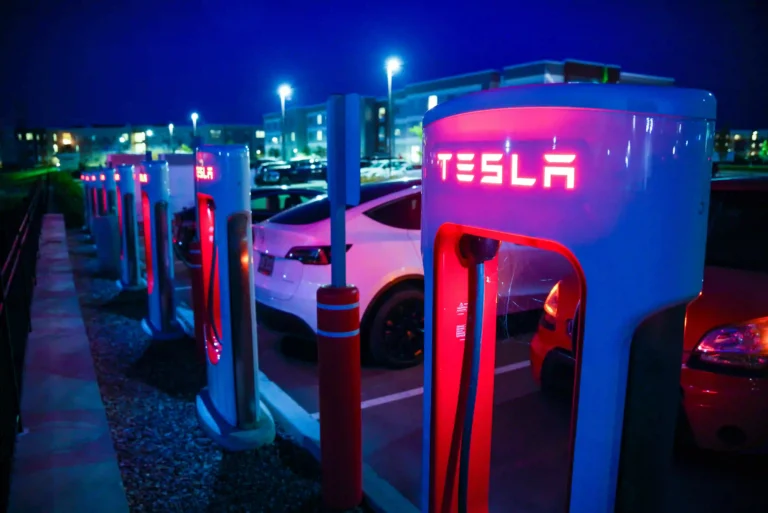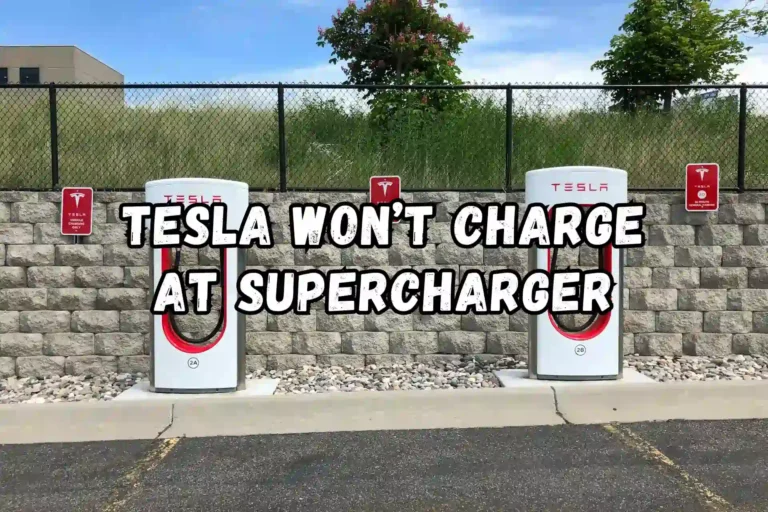As the electrification movement continues, fleets are faced with a whole new glossary of terms and a growing list of factors to consider when choosing vehicle technology, charging infrastructure, and route optimization tools.
To optimize fleet charging costs, organizations face the choice between smart or managed charging technology. The difference is simple: smart charging costs less, while managed charging costs more.
What is EV smart charging?
It is common for people to imagine the capabilities of managed charging when they hear the term ‘smart charging’. It is the hardware – the physical interface – that makes smart charging possible for electric vehicles.
It is not intended to be deceptive, but the term ‘smart’ simply means that the charging technology has a Wi-Fi connection, which allows passive data to be viewed. Fleets can use smart charging to collect high-level information, such as how much electricity they are paying for, how much energy they are using, or how much charge their vehicles are holding. However, fleets cannot act on that data due to smart charging limitations. Because of this, customers must manually monitor and update scheduling schedules to manage energy costs.
Benefits of managed charging
Fleets gain real value by taking advantage of managed charging, which combines the simple functionality of smart charging with more advanced functionality.
BP Pulse Omega Pro is a charge management system (CMS) with cloud-based technology and onsite hardware that can connect to:
- EV chargers
- Auxiliary meter
- Vehicle telematics/management tools, and the
- Respective local utility
Using this method, charging operations can be automates and optimized since the software navigates electricity costs that fluctuate on an hourly basis, orchestrating charging sessions to ensure vehicles are refueled at low cost.
Compared to Omega Pro, smart charging has the following features.
The fleet can benefit from managed charging, since it lets them optimize prices without having to monitor electricity price volatility or perform hands-on work. Using bp pulse’s proprietary software, fleets can save up to 40% on electricity for their fleets of electric vehicles compared to unmanaged charging or smart chargers.
The first quarter of Omega Pro’s usage with bp pulse customer Red Hook Terminals saw an 81% reduction in fuel costs and a 90% reduction in greenhouse gas emissions.
Automated load management technology: The missing link
If your charge management provider offers automated load management technology, it may be possible to increase your power load allotment as your EV fleet grows.
Utility companies recognize that Omega Pro software includes adaptive load management, so fleet customers don’t need lengthy service upgrades. Essentially, Omega Pro manages chargers and charge sessions in order to avoid service upgrades by monitoring site and charger load profiles.
All this is achieved by automatically dimming and turning off chargers at strategic intervals so that maximum power thresholds are never exceeded – while still ensuring that your fleet is fully charged when necessary.
Various additional features of Omega Pro, such as adaptive load management, add further peace of mind to fleet charging operations.
Further considerations in EV partner selection
There are two additional key features available to Omega Pro customers using the managed charging platform. Omega Pro software can seamlessly integrate any distributed energy resource into its software, giving fleets the same functionality as any distributed energy resource. As more fleets look to implement resilience measures into their operations, they can rest assured.
As all roads lead back to finances, Omega Pro software actively tracks and exports data necessary to comply with environmental commodity and compliance reporting programs, such as California’s LCFS and Oregon’s CFP. By avoiding manual collection and compiling of data, fleet operators can profit from easy fuel credit monetization and reduce the burden of manual data collection.
It is important to note that while ‘smart charging’ may be referred to differently depending on the application, the additive value managed charging offers does not change.
Frequently Asked Questions
What is managed charging?
In managed EV charging, the energy needs of the vehicle and the objective of control are considered simultaneously, typically designed to provide grid support or to mitigate the impact of charging an EV.
What is active managed charging?
A company, typically an electric utility, can control a customer’s EV load directly through active managed charging to achieve grid benefits such as reducing grid stress, charging when renewable energy is plentiful, or saving drivers more money than TOU rates alone. For example, charging at 3am is often cheaper than charging at 9pm.).
What are the 3 types of charging process?
The majority of objects have an equal number of positive and negative charges, so they are electrically neutral. When an object is charged, the charge balance has to be altered, and there are three methods for doing this: friction, conduction, and induction.
What is charging management system?
Charge management systems (CMSs) connect multiple charging stations to a single dashboard. This allows charging point operators (CPOs) to monitor, operate, and manage their charging stations from a central location.







